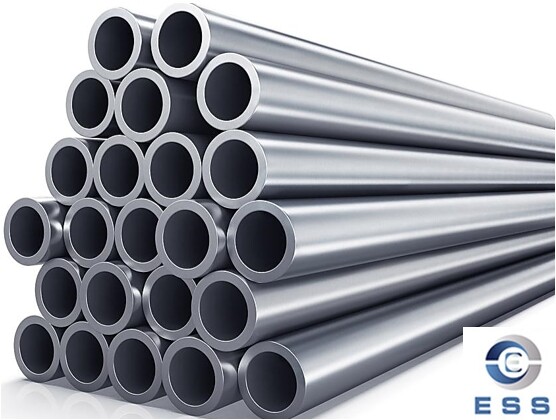
What is the hardness of precision tube?
Hardness refers to the ability of a material to resist plastic
deformation, scratches and damage. Hardness is usually measured by a hardness
tester. Hardness tests usually include indentation hardness tests, tensile
hardness tests of metal materials, Rockwell hardness tests of rocks, etc.
The hardness of a precision tube refers to the ability of a precision
tube to resist deformation and quickly return to its original shape under
certain test conditions. Generally speaking, the greater the hardness, the
higher the strength of the material, and the smaller the deformation capacity.
What are the hardness index requirements for precision tubes?
Precision tube hardness is generally divided into two types: surface
hardness and internal hardness.
1. Surface hardness
Surface hardness refers to the hardness of the material surface after
heat treatment, which can be tested by Rockwell hardness test method.
2. Internal hardness
Internal hardness refers to the hardness of the steel tube section or
material, which is generally tested by Vickers hardness test method.
For different standards and different types of precision tubes, there
are certain differences in their hardness indexes. For example, the Japanese
JIS standard generally sets the hardness index of ordinary precision tubes with
a thickness of d above 0.5mm to HRC61~65; while the German DIN standard sets
the hardness index of similar precision tubes to between HRC55~58, and these
standards also apply to other pipes, such as carbon steel pipe.
What is the hardness range of precision tubes?
The hardness of precision tubes depends on their heat treatment state
and the materials used. The following are some common hardness ranges:
1. After quenching, not tempered
The hardness of 1.45# precision seamless steel pipe after quenching and
before tempering is greater than HRC55, and can reach up to HRC62.
2. Low temperature tempering
The hardness after low temperature tempering is generally HRC58-64,
which is mainly used to maintain high hardness and high wear resistance.
3. Medium temperature tempering
The hardness after medium temperature tempering is generally HRC35-50,
which is mainly used to obtain high yield strength and toughness.
4. High temperature tempering
The hardness after high temperature tempering is generally HB200-330,
which is used to obtain better comprehensive mechanical properties.
5. Brinell hardness
The Brinell hardness of 20# seamless steel pipe is ≤156HBS
when it is not heat treated.
How to test the hardness of precision tubes?
The test of precision tube hardness usually adopts Rockwell hardness
test method, Brinell hardness test method or Vickers hardness test method.
Among them, precision tubes with higher refractoriness mostly adopt Rockwell
hardness test method; Vickers hardness test method is usually used for testing
low hardness steel; Brinell hardness test method is suitable for areas with
relatively small product size and relatively high requirements.
Summary
When producing and processing precision tubes, the hardness index
should be controlled according to actual needs to ensure the stability and
reliability of the hardness of steel tubes. It should be noted that these
hardness values are the results under specific
heat treatment conditions, and the actual hardness may vary according to the
material, heat treatment process and specific use requirements of the steel
tube.













 Eastern Steel Manufacturing Co.,Ltd not only improve product production and sales services, but also provide additional value-added services. As long as you need, we can complete your specific needs together.
Eastern Steel Manufacturing Co.,Ltd not only improve product production and sales services, but also provide additional value-added services. As long as you need, we can complete your specific needs together.










